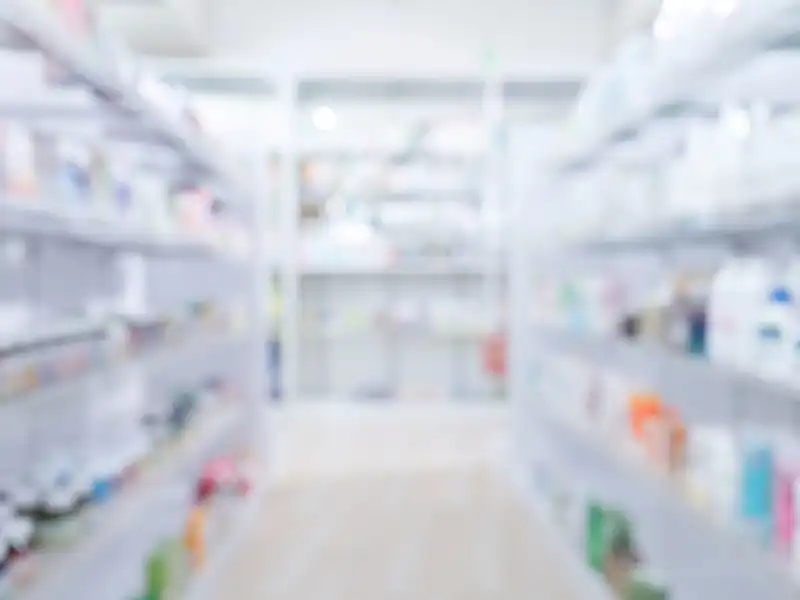
In the ongoing debate over U.S. trade policy, one ripple effect hits close to home: prescription costs. As tariff policies evolve, the pharmaceutical supply chain could feel the strain. Here’s how it all connects to patients, pharmacies and the future of drug manufacturing.
What Are Tariffs?
Tariffs are taxes on imported goods. They're used to protect domestic industries, raise government revenue and influence trade patterns. When tariffs are applied to pharmaceuticals or their ingredients, it poses the question: can they do more harm than good for American consumers?
Where Our Medicines Come From
Nearly 80% of the active pharmaceutical ingredients (APIs) in U.S. drugs are imported, with China and India serving as the two largest suppliers. This heavy reliance on imports is particularly critical for generic drugs, which make up 90% of U.S. prescriptions, making them especially sensitive to tariff-related disruptions.
Drug Pricing Under Pressure
Drug Type |
Tariff Impact |
Why It Matters |
|---|---|---|
Generics |
High |
High import dependence, thin profit margins and fragile supply chains. |
Brand-Name |
Moderate-Low |
Diversified sourcing and higher margins make them more resilient. |
Broader Effects Across the Board
- Drug shortages may worsen as international supply chains are squeezed.
- Pharmaceutical companies might cut back on research and development (R&D) to offset rising costs.
- Other countries could impose retaliatory tariffs, escalating global drug pricing pressures.
What’s Next?
The short-term outlook for the pharmaceutical industry suggests potentially higher prices at the pharmacy counter and more frequent medication shortages. In the long-term, there is a possibility of a shift toward domestic drug manufacturing. However, such a transition demands time, capital and policy incentives.
The Bottom Line
Tariffs may aim to boost American industry, but when it comes to medicine, they could mean higher care costs, fewer options and supply challenges. Staying informed is key to understanding how international trade decisions end up affecting local pharmacies.





